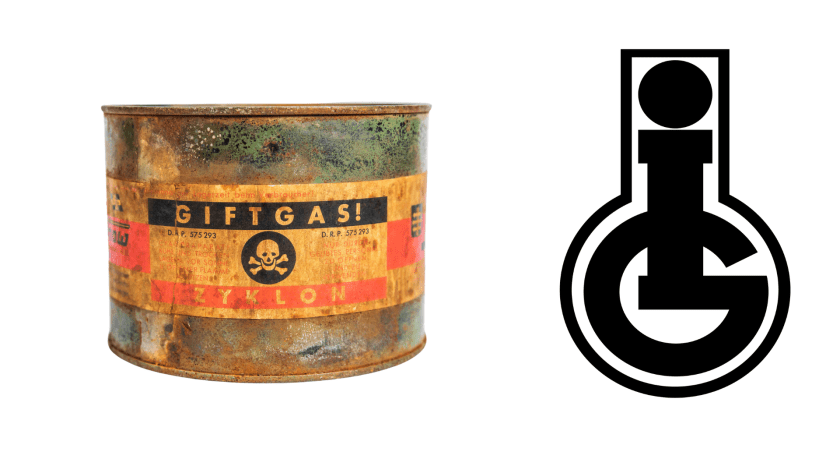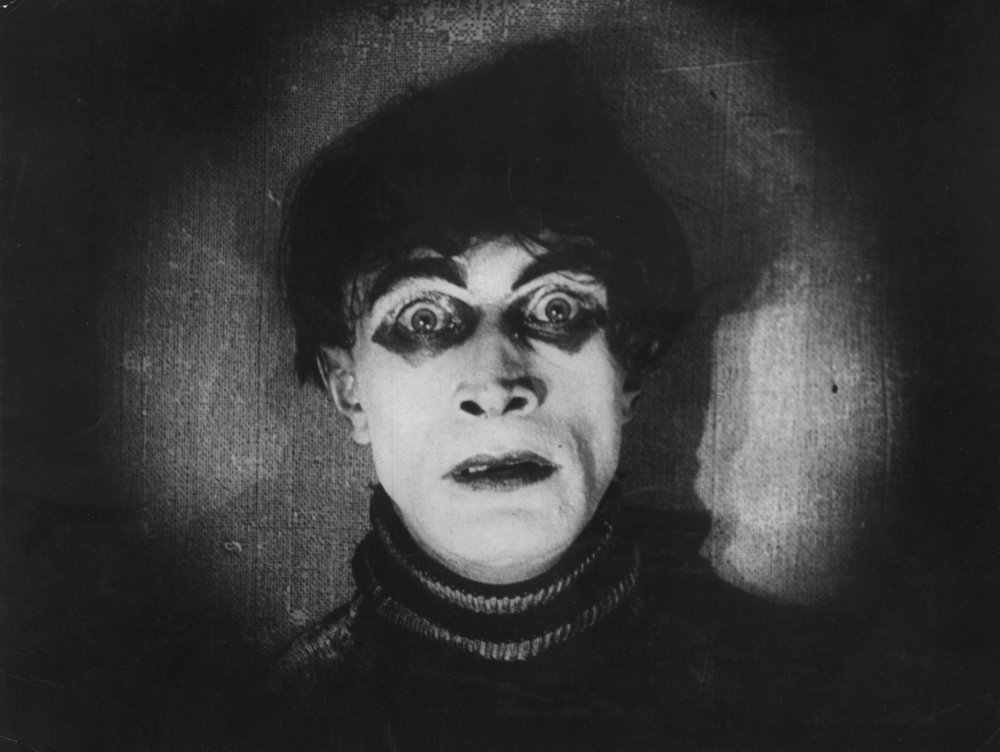The Third Reich was one of the most evil regimes of all time and continues to morbidly fascinate audiences up to the present day. I grew up in the 1970s with Hitler still casting a long shadow over England. Many of my school teachers had fought in the Second World War or had seen their homes destroyed during the Blitz. Hitler and the Nazi legacy loomed large. But what grips many today are the unsolved mysteries that surround the Nazis.
So – let’s look at some of the main examples.
The Nazis in Argentina
In 2017, Argentinian police officers found a secret treasure room. It was accessed via a door hidden behind a bookcase in a suburban house near Buenos Aires. They could hardly believe their eyes as a massive Nazi eagle presented itself plus a silver bust of Adolf Hitler. More than 75 objects covered in swastikas were taken to the offices of Interpol. These items were most likely the property of one or more high ranking officials of the Third Reich.
This included a magnifying glass that was found to be identical to one being held by Hitler in a photograph. Even more disturbing were children’s toys including harmonicas emblazoned with swastikas. An example of Nazi brainwashing. There was also a tool used to measure people’s heads – possibly linked to the Third Reich’s racial purity program.
All of which resurrected stories of Nazis fleeing to Latin America using so-called ‘ratlines’ – well established routes to escape Allied justice. One of those who managed to evade capture at the end of World War Two was the notorious concentration camp doctor Josef Mengele. He passed through Buenos Aires eventually ending up in Brazil where he drowned while swimming in the sea in 1979 after suffering a stroke.
DISCOVER: How the movies depicted the Nazis
Hall of the Supreme SS Leaders
What on earth was Heinrich Himmler up to at Wewelsburg Castle? The Reichsfuhrer of the SS – the elite squadron of the Third Reich – took over this Renaissance castle in the 1933, the year the Nazis took power. From that date, he seems to have tried to transform this building into a Nazi Camelot. It wasn’t just a conference centre for the SS but some kind of sacred site, even described as being the centre of the world.
Using concentration camp labour, Himmler set about turning the castle into something more daunting to the eye. Apparently the original medieval builders hadn’t created a stunning enough piece of architecture. So the moat was deepened to create a more forbidding elevation and the interiors were given a very Nazi makeover.
This included the creation of the so-called Hall of the Supreme SS Leaders. Quite what was supposed to happen in this space died with Himmler when he committed suicide rather than face the hangman’s noose at the Nuremberg trials. SS officers did attempt to destroy the castle before its capture by American forces in 1945 – clearly determined to keep its rituals a secret.
This is certainly one of the more intriguing Nazi mysteries.
The death of Otto Rahn
Otto Rahn was a German medievalist with an interest in the Cathars and the legends of the Holy Grail. In any other era, he might have written some esoteric books and presented a TV documentary or two. But in the Third Reich, Rahn was almost destined to cross paths with Nazi Grail obsessive and right hand man to Adolf Hitler, Heinrich Himmler. Rahn’s 1933 book, Crusade Against the Grail, brought him to Himmler’s attention.
Initially ignoring Rahn’s homosexuality (which carried a potential death sentence under the Third Reich) Himmler enlisted the medievalist into the SS and sent him off looking for the Holy Grail. This was one of several insane projects being run by Himmler to variously discover the roots of the Aryan race (possibly in Atlantis) or seize sacred relics that might guarantee victory for the Nazis in the Second World War.
Rahn’s mission was of course futile. The Grail eluded him in France, Spain, Italy and Iceland. Himmler became steadily disenchanted with Rahn who in turn took to having very open gay relationships and voicing his criticism of the Nazis. This led to the disillusioned medievalist being forced to work as a guard at Dachau concentration camp.
On 13 March 1939, his frozen body was discovered in the Austrian Alps. Accidental death was the official ruling. Many however doubt this was the case.
The missing Amber Room
One of the most spectacular examples of art theft by the Nazis was the plundering of the 18th century Amber Room from the Catherine Palace near St Petersburg in Russia. Ironically, it was a present from the King of Prussia, Frederick William the First, to Tsar Peter the Great in 1716 when it was shipped from Berlin to St Petersburg. In effect, the Nazis were taking it back on an illegal return journey. But then it vanished.
One theory was that in the closing stages of World War Two, it was loaded on to a ship – the Wilhelm Gustloff – which was promptly torpedoed by Soviet forces. Tragically, the ship may have been transporting over 9,000 people fleeing the Soviet advance against Germany. If true, that would massively eclipse the death toll of the Titanic.
In 2020, the wreck of another ship – the Karlsruhe – was investigated by Polish divers who claimed there was possible evidence that parts of the Amber Room may have been on that vessel.
The Nazis turn on the Freemasons
Quite why the Nazis suddenly on the Freemasons breaking up lodges and killing members is one of the more curious Nazi mysteries. At some point, the Third Reich decided that they constituted an alternative and threatening network beyond Nazi control. In 1935, all lodges were ordered to disband.
Incredibly vicious propaganda linked Freemasonry to Judaism which was clearly a death sentence. The head of the security police Reinhard Heydrich declared that masonry had to be eliminated as quickly as possible and formed a special division to carry out this gruesome task.
The anti-masonic hysteria reached a fever pitch in the mid-1930s but as war loomed, even Hitler had the sense to realise this was wrecking the civil service and other public institutions where people had been forced to leave their jobs after being revealed as Freemasons. Some were pardoned and able to resume work.
Yet in Paris in 1940 and Brussels in 1941, we find the Nazi occupying authorities organising anti-Masonic exhibitions with artefacts stolen from lodges. It seems that the Third Reich was spooked by Freemasonry viewing it as some kind of existential threat.











